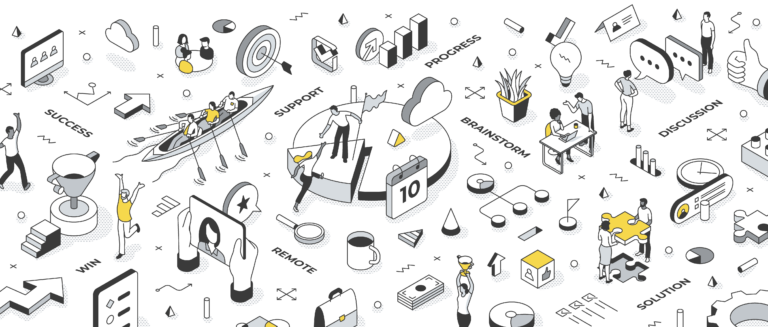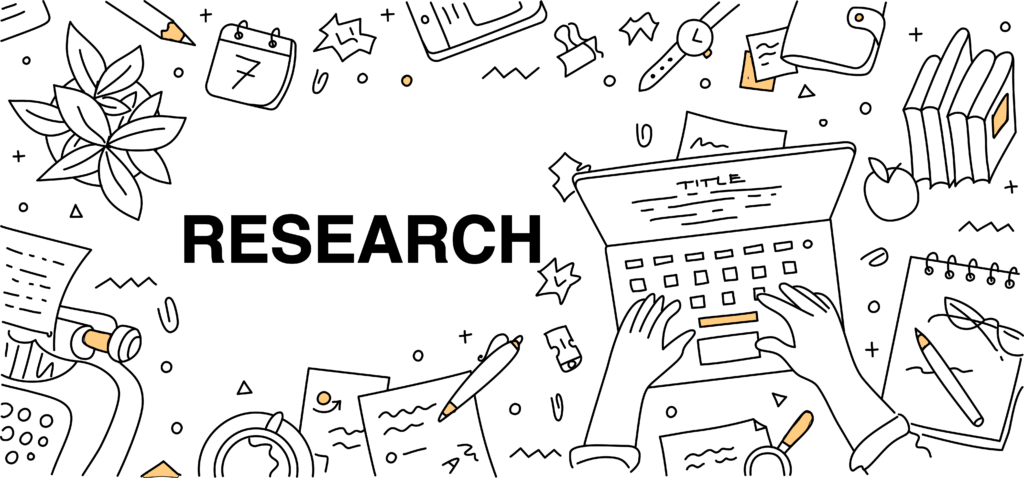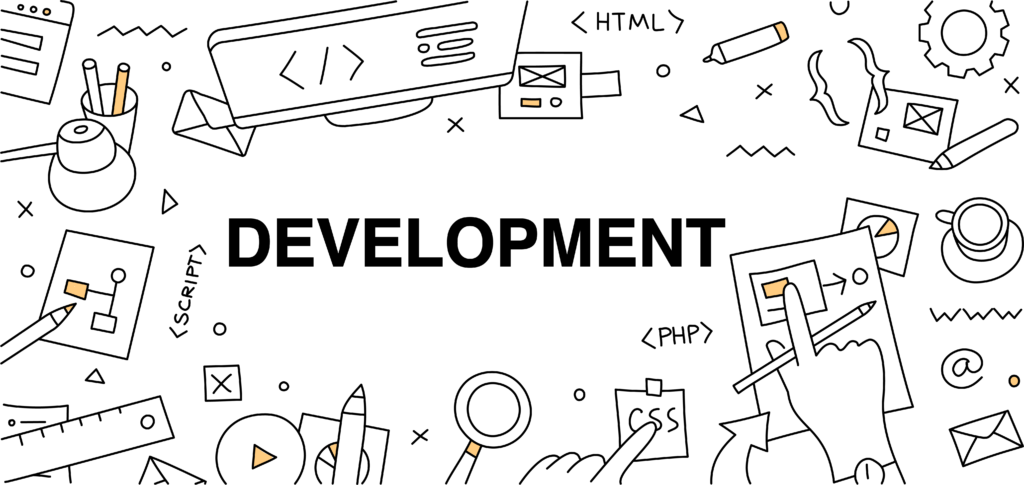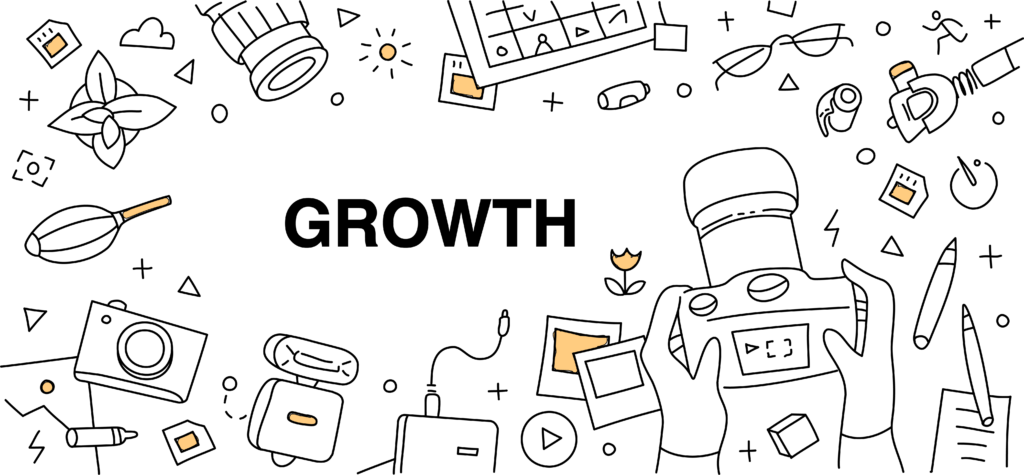We Tranform Idea Into Innovative Product

How can we help your ideas
Your idea, our expertise. Together, we’ll get your product to market in a matter of days.
We brainstorm your idea in a productive way that unlocks your product innovative potential.
We boost your ultimate product life cycle for long term expansion with business goals
We identify and expand your target product users with revenue goals.
Get to know us better
We recognise the challenges associated with investing and believing a company. We are committed to transparency and empowering you with knowledge for this purpose. Explore our Brilln’s origins and organised process, and we’ll embark on a rewarding journey to create exceptional products.
Story of Brilln
Brilln’s mission is to create meaningful products that solve global problems using technology.Even today, the culture and trust upon which Brilln was founded remain the foundation of our business.The objective of our company is to develop straightforward end-to-end products that are going to enhance the lives of millions of people in daily life.


Understanding the market, identifying customer requirements, and developing successful products are the objectives of the product research process. It begins with a market analysis, during which trends, competitors, and target demographics are examined. Next, consumer research enables the collection of feedback and insights through surveys, interviews, and observations.
This data guides the development of product conceptions, which are then refined through phases of prototyping and testing. User input is essential for iterating and refining the product until it meets consumer expectations.
Testing and analysis of the market help validate the product’s viability prior to its introduction to the market. A comprehensive product research procedure guarantees customer-centricity and increases the likelihood of success in a competitive market.
The process of designing a product entails transforming concepts into tangible solutions that satisfy user requirements and exceed their expectations.
It begins with extensive investigation to comprehend user requirements, market trends, and technological options.
Next, there is conceptualization, wherein ideas are generated, evaluated, and refined into viable concepts. The subsequent step is prototyping, which permits iterative design development and testing to validate the design. The feedback of consumers and stakeholders is collected and incorporated into subsequent iterations.
Once the design has been finalised, production-specific documentation and specifications are created. The final phase consists of manufacturing and quality control to ensure that the product meets all specifications. The product design process integrates innovation, problem-solving, and user-centricity to produce innovative and functional products.


The product development process incorporates the entirety of bringing an idea into existence as a digital product. It begins with ideation and conceptualization, where ideas are generated and assessed based on market demands and consumer requirements.
The next stage involves comprehensive planning, including defining product requirements, creating a development schedule, and assembling a multidisciplinary team.
The design of the product is then refined and optimised through prototyping and iterative testing. Once the prototype is approved, production commences, which includes procuring materials, manufacturing, and quality assurance.
The product is subsequently launched, marketed, and perpetually enhanced based on user feedback. To deliver successful products to the market, the product development process necessitates meticulous planning, collaboration, and a focus on the consumer.
The product growth and marketing process emphasises on expanding a product’s subject matter and adoption in order to maximise its market success.
It begins with an audience analysis and the identification of growth opportunities. Market research and competitor analysis aid in the formulation of successful marketing strategies and positioning.
Creating a compelling value proposition and messaging to communicate the product’s benefits to customers is the next step.
Diverse marketing channels, including digital advertising, content marketing, and social media, are utilised to raise brand awareness and propel user acquisition.
Retention strategies and customer relationship management aid in fostering customer loyalty and recurrent business following acquisition. Continuous monitoring of key performance indicators and feedback informs ongoing marketing optimisation strategies to sustain growth and secure long-term success.

the time is now
Lets Transform Your Idea Into profitable product
Set up a free consultation with our team and let’s get started!